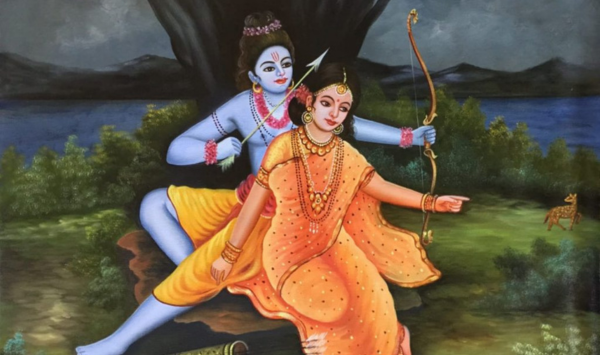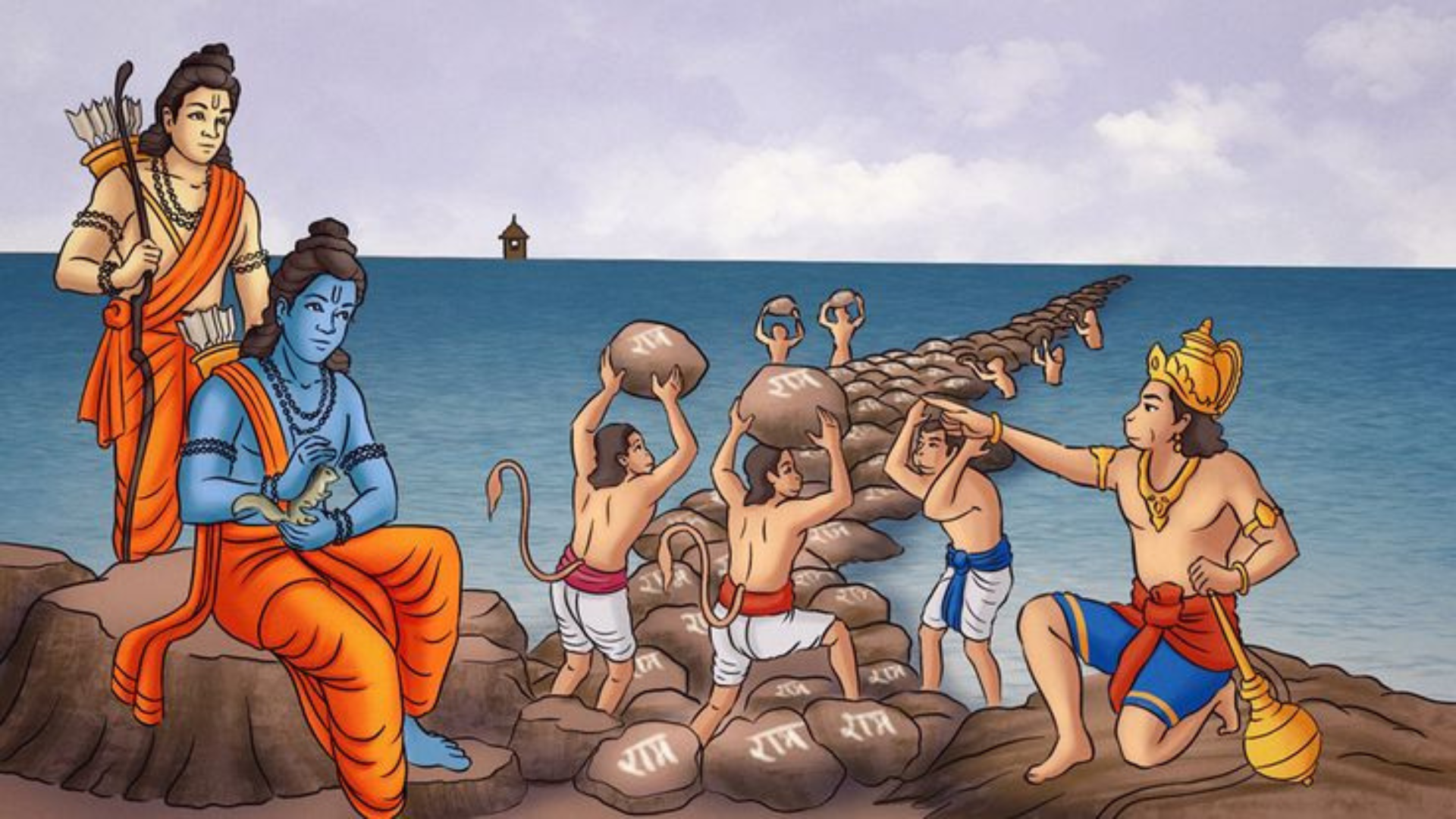The Ramayana is one of the oldest and most beloved epics of India. It tells the story of Rama, an incarnation of Vishnu, and his quest to rescue his wife Sita from the clutches of Ravana. The story has been told and retold over centuries, inspiring generations with its moral lessons and exciting adventure. But beyond being just a great tale, the Ramayana is also deeply rooted in Indian culture and religion. Every year, millions of people take part in Ramayana Yatras - pilgrimages to sites associated with Rama's life - as a way to honor him and renew their spiritual connection with him and Hinduism. In this tour pilgrimages explore the history behind Ramayana Yatras and uncover the cultural significance they hold for many Hindus today.

The Ramayana dates back at least 2,500 years ago, making it one of India's oldest texts. It was written by Valmiki, an ancient sage who is said to have composed it after hearing a version of the story from Narada Muni. The epic is divided into seven books or kandas that tell different parts of Rama's life: his childhood in Ayodhya; his exile to Dandakaranya; his battle against Ravana; his return home; and finally his coronation as king of Ayodhya. Over time, various places associated with Rama's journey have become popular pilgrimage sites for Hindus who wish to honor him by visiting these holy places. By doing so, they are also connecting themselves with Hinduism's rich religious tradition and culture. These are known as Ramayana Yatras or "Journeys through Rama's Life".
The most popular yatra is called "Ram Navami", which takes place on the ninth day (navami) after the full moon in March or April every year. During this yatra, pilgrims visit all seven sites associated with Rama’s life: Ayodhya (his birthplace), Chitrakoot (where he spent much of his exile), Kishkindha (where he met Hanuman), Panchavati (where he defeated Ravana), Lanka (the final battleground between Rama and Ravana), Trimbakeshwar (where he performed austerities) and finally Nashik (where he was reunited with Sita). At each site along the route, devotees offer prayers to Lord Rama at various temples dedicated to him. They also observe fasts during this period as an act of devotion towards their deity.

At Trimbakeshwar near Nashik, pilgrims even take a dip in Godavari River where Sage Agastya had performed penance for Lord Shiva before meeting Rama there during His exile period. By doing so they hope to receive blessings from both Shiva & Vishnu simultaneously! Through these yatras devotees gain spiritual insight into their faith while also strengthening their bond with Hinduism’s rich cultural heritage through stories like those found in Ramayana. As such, these pilgrimages have become an integral part of many Hindus’ spiritual journeys today – allowing them to connect more deeply with their faith while honoring one of India’s greatest epics!


